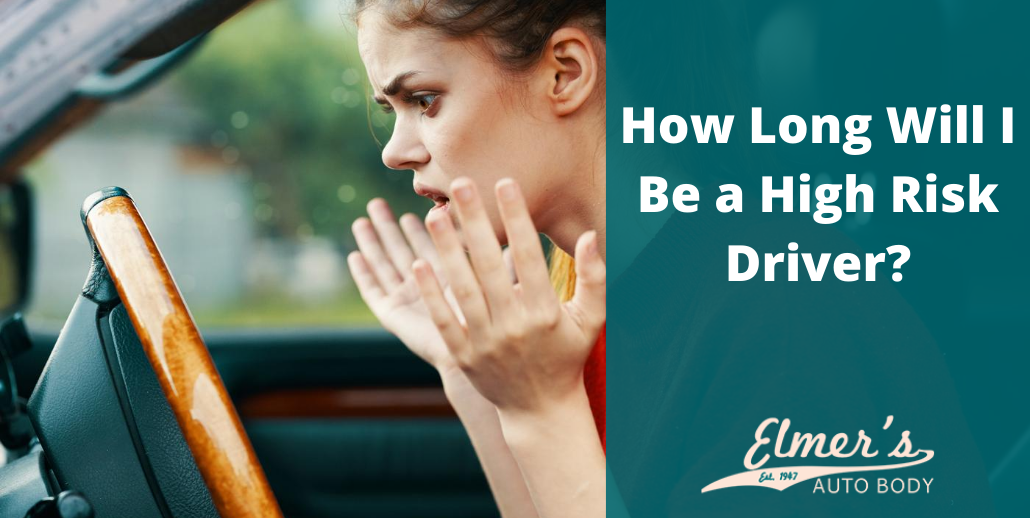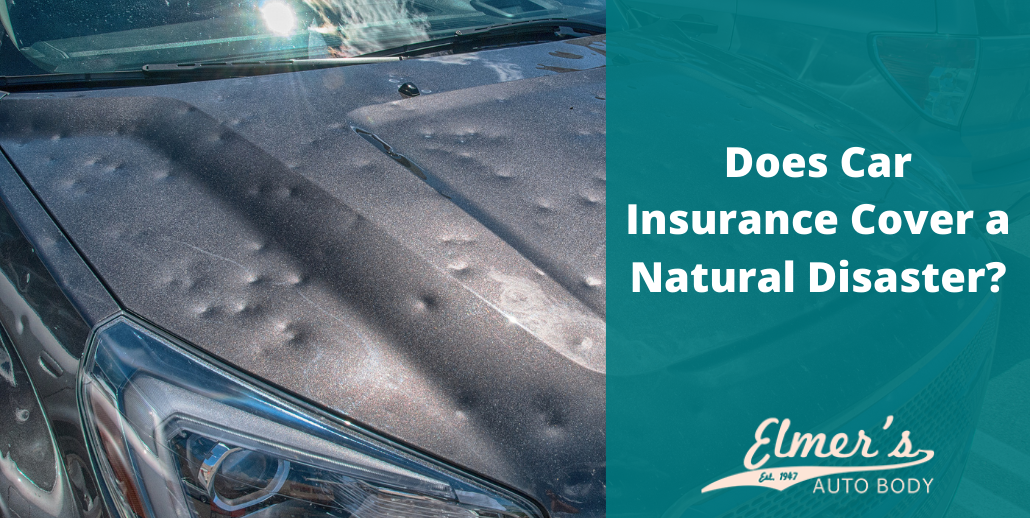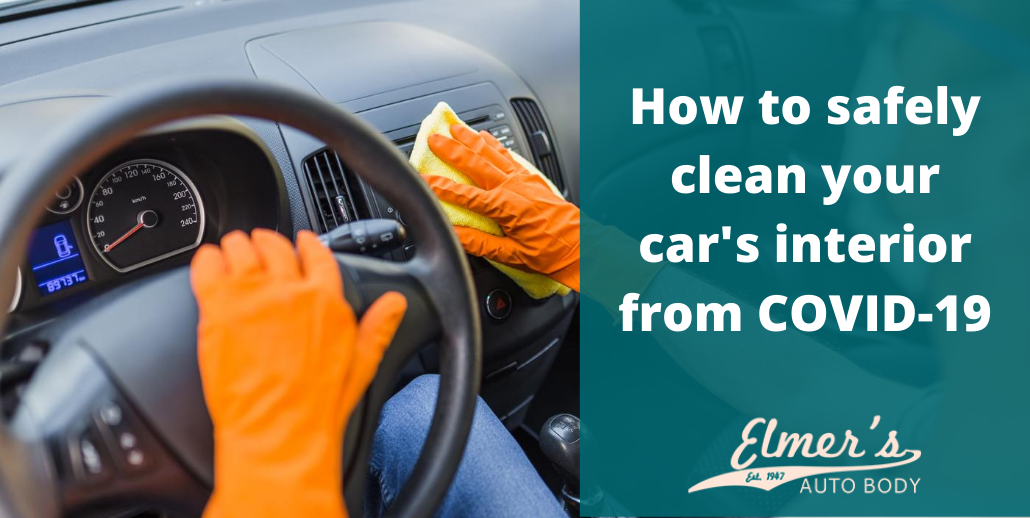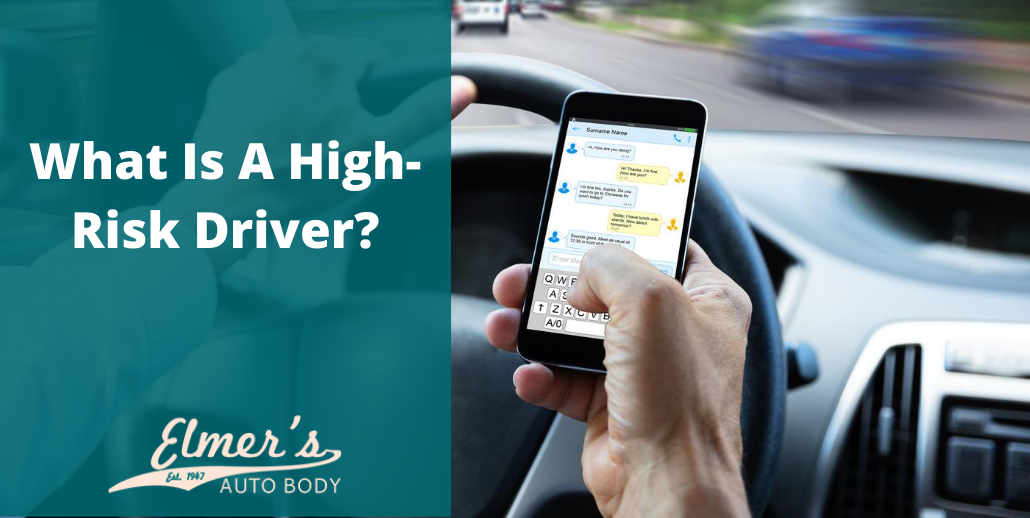Have you been labeled a high-risk driver by insurance companies? It is certainly frustrating to have to pay more for some things that cannot be controlled, like your age or location. The good news is that some factors that determine your high and low-risk status do not last forever. In fact, you may be a low-risk driver sooner than you think!
First, you need to know that remaining on your best behavior while behind the wheel is going to be the best way to chisel down the years. After that, consider the following factors that influence how long you will be a high-risk driver:
You Have Had No Insurance For Years, If Ever
First-time drivers and those who have had lengthy lapses in auto insurance are going to have much higher rates than those who have been covered continuously and never missed a payment. Fortunately, if this is the only thing against you, then your high-risk status can be voided within 6 months.
You will have to practice safe driving habits and pay your insurance bills on time. Otherwise, your high-risk status will be extended.
Also, once you have signed up for a policy, do not immediately look for a new one. You must stick with an insurance policy for at least 6 months before you decide to switch. If you switch too soon, any progress you made on reducing the high-risk period is going to be returned to square one.
You Accumulated a Number of Violations Rapidly
Typically, a minor infraction will take about 3 years to disappear and for your insurance rates to lower. However, if you are considered high risk because of multiple at-fault accidents or tickets, then you can return to a preferred insurance carrier once the oldest violation is 3 years old. That said, you will have to compare the cost of different carriers to see who offers the best rate.
Discuss your options with an insurance agent. If you switch to a preferred carrier on the day the oldest violation falls off, you can save a lot of money.
Keep in mind that not every preferred carrier is the same. Some only count tickets that were received in the past 2 years while multiple tickets extend the high risk term for 3 years.
Those Violations Were Severe
As noted above, minor violations take about 3 years to vanish. But what about major violations, like a DUI? In that event, it could take up to 5 years to get removed from your record. Not only that, but most states require you to take an extra step if you have a major violation. You will need to fill out something called an SR-22.
The SR-22 Certificate of Financial Responsibility guarantees you have the appropriate amount of liability coverage for your state.
You may need to file for an SR-22 if you have the following:
- A moving violation, such as an DUI or DWI
- An at-fault accident while driving without auto insurance
- Repeated traffic offenses
- Many offenses received in a short amount of time
- Suspended or revoked license
You will need to keep the SR-22 insurance for about 3 years, but it depends on your insurance provider and the severity of the offense. After those 3 years are up, you can start shopping for car insurance, but the cheapest estimates will only show up after 5 years time.
Tips to Avoid Being a High-Risk Driver
Putting everything you have learned together, here are some ways for you to reduce the duration of your high-risk period or to avoid returning to high risk:
- Make payments on time
- Keep continuous insurance coverage
- Avoid cancellations for non-payment and do not let your policy lapse
- Get a driver’s license as soon as you can—the sooner you get it, the sooner you can add to your driver’s history
- Make sure you pay all of your tickets and taxes
- Avoid tickets and violations, because they stay on your record for many years
- Avoid filing small insurance claims, since this will cause premiums to skyrocket
Bottom Line
Dealing with higher rates as a high risk driver is only temporary. The main struggle is maintaining insurance coverage. Every time you miss a payment or your policy lapses can set you back. That is how easily your actions can affect your insurance policy. If you want to decrease the years you spend as a high risk driver, start behaving like a low risk one, and soon you will have more affordable auto insurance!
Are you a high risk driver in need of car repairs? Have questions about your status? Get in touch with us! Fill out the contact form, and a representative will get back to you.






